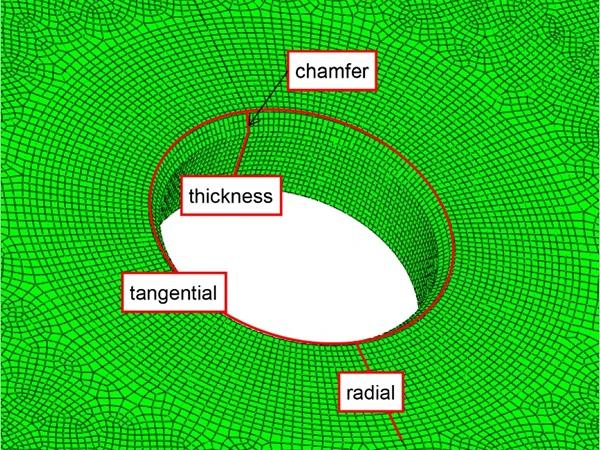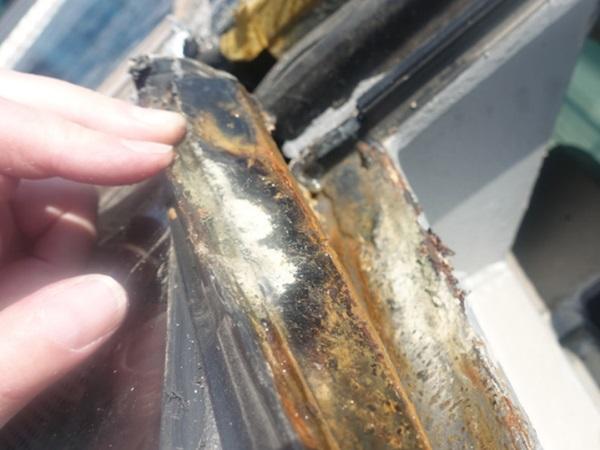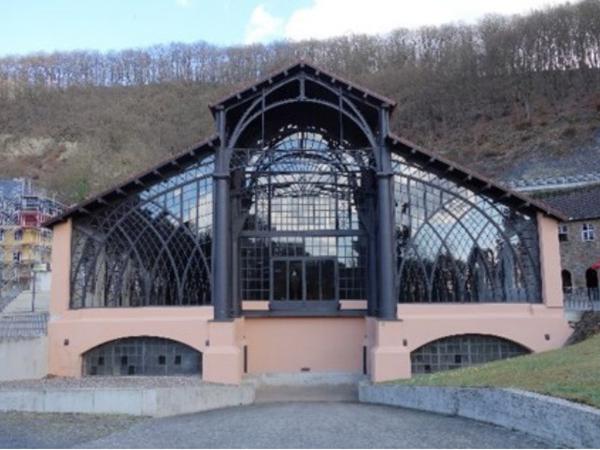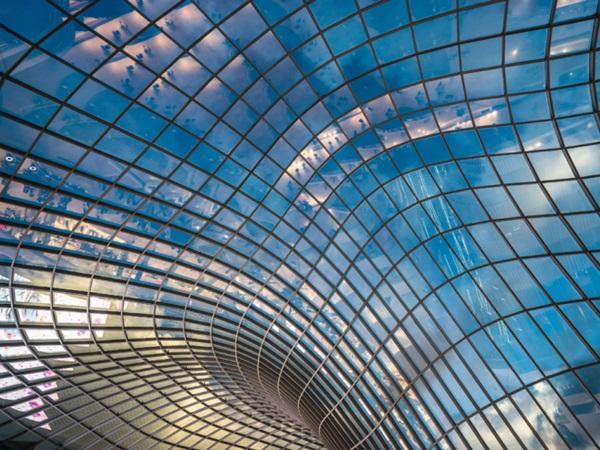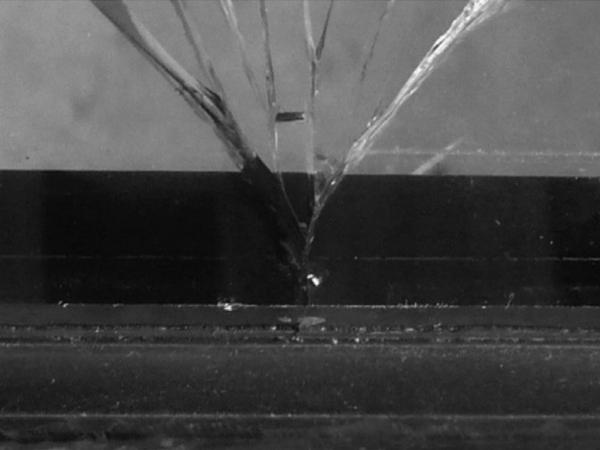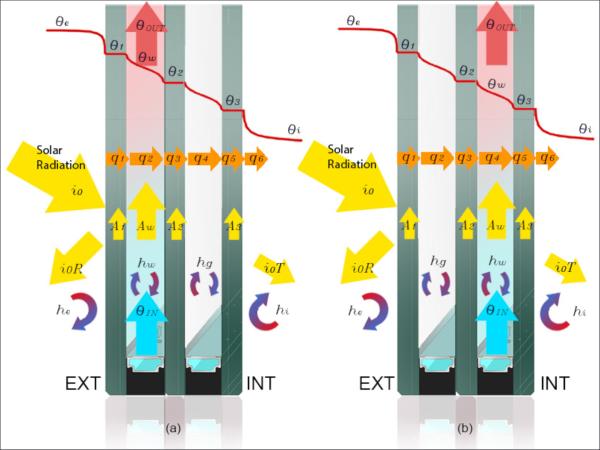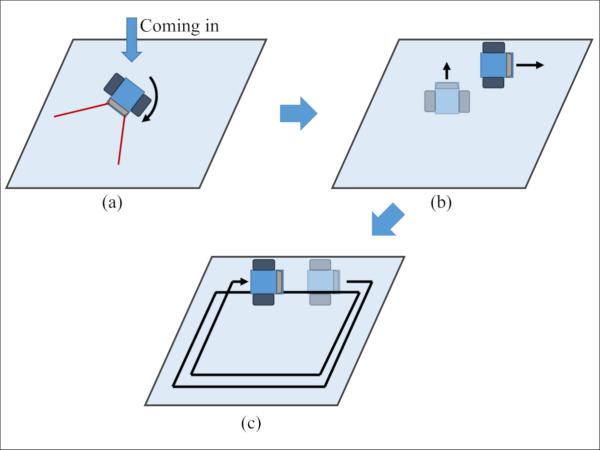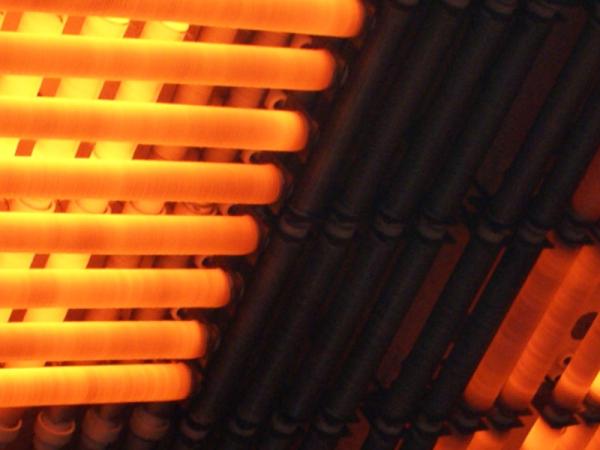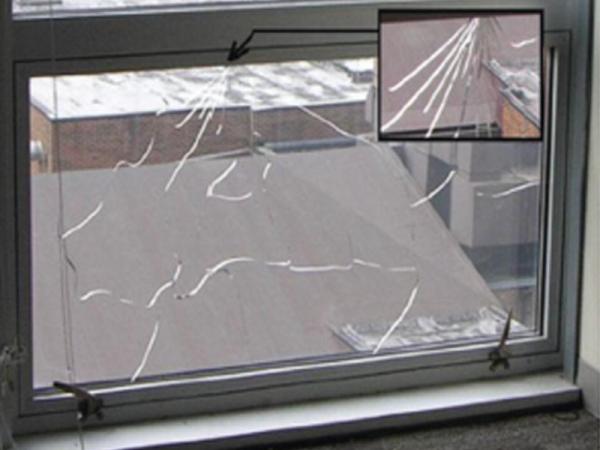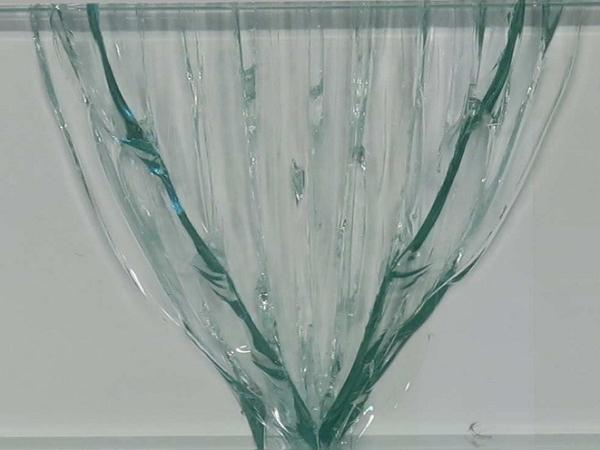Others also read
| This study experimentally investigated the strength behavior of toughened glass with cylindrical near-edge holes via photoelasticity and destroying four-point bending test.
| This paper presents the initial results of a seismic study of silicone bonded glass curtain wall systems, combining both finite element analysis and experimental validation.
| In this paper, the Sandwich Theory of effective thickness is applied to the evaluation of multilaminate glass fin stability for in-plane flexure.
| Wide-span glass roofs are becoming increasingly popular as they provide transparent roofing for atriums or entrance areas. Most often, IGU`s (Insulating glass units) are used.
| The present work presents the investigation of historical glass and glass constructions in a suburb of Dresden.
| With increasing concern over plant conservation, there has been a renewed interest in large-scale, enclosed botanical garden structures.
| This paper seeks to understand the outstanding questions around the potential carbon consequences and benefits of using insulating glass units (IGU) in facades.
| Identification and optimisation of cutting process parameters
| This paper describes the lessons learned when using structural glass to carry out a canopy design integrated into a new façade.
| ‘Levitation Ledges at the Summit of the One Vanderbilt (NYC)’
| This paper presents a review on the state of art of analysis and design of glass window/facade system under blast loading, with evidence of available experimental outcomes, design methods and trends, open challenges.
| This paper takes the curtain wall reconstruction project of the Wuhan Tianhe Airport T2-T3 Terminal building as the research object.
| The main objective of this paper was to assess the performance of a new WFG-unitized facade as a high-performance envelope with dynamic thermal properties.
| This paper presents an approach to the estimation of a window shape for increasing the adaptability of glass façade-cleaning robots to different buildings.
| In this article, Mika gives our readers some expert advice on improving energy efficiency in safety glass manufacturing.
The Effects of the Large-Scale Factor on the Integrity Parameters of Monolithic Fire-Resistant Glass
| Glass structures are subject to high fire safety requirements. Two methods are employed in this work: experimental studies of small-sized and large-sized samples and simulations of heating glass structures.
| This study explored the prospect of reusing post-consumer architectural flat glass panes for remanufacturing in insulating glass units.
| This study describes what to our knowledge is the first full scale fire resistance tests of Timber-Glass composites beams.
| This paper aims to assess the seismic performance of glazed facade systems, widely adopted in modern buildings, focusing on point fixed glass facade systems (PFGFSs), also referred to as “spider glazing”.
| A review of experimental research and main influencing parameters
| In this paper, the attention is given to a glass facade built in 1962 and currently subjected to accidental bird-strike.
| The research paper gives an idea and compares the structural behaviour and fracture pattern and evaluates laminated glass samples with PVB, Ionoplast and EVA interlayers.
| This paper reports on the spectrophotometric characterization of glazings transmittance for the study of components of a modular façade system and its suitability for the climate of Portugal.

